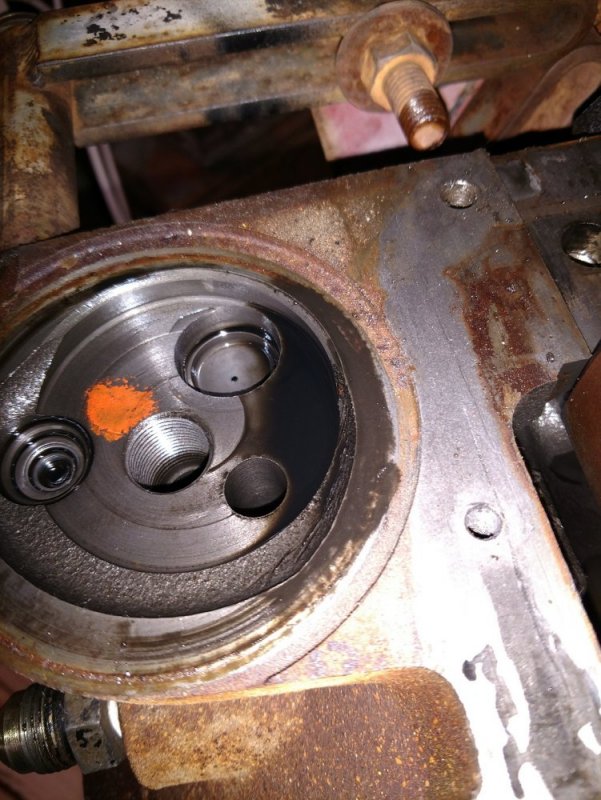Will L.
Well-Known Member
I would like to hear all sides of this. Nobody get hurt feelings and feel free to share what great grandpa said. Ask any question. What? My bank pin number? It is... wait a minute... not ANY question sheesh!
Not really trying to get into bypass filters. Just the main filter- whats best, worse and why.
Some oil filters have one and some don’t. Ones without normally have one in the block. currently about the best oil filter I have seen for 6.5 is the Wix 51060 and 57202. Same filter except the 202 has built in 15psi valve and listed for duramx, and the 160 has none and listed for the 6.5.
When building many other engines, some builders remove the block internal valve for better flow and go to the in fiter unit. On some engines this alters flow worsening it (it has been argued but I never seen it).
I have not chased this yet on the 6.5, and this conversation is the beginning of it.
Also from long term wear stand point, the spring tires and is less reliable after heat cycles, build up on sealing area, etc.
Going in the filter means a new valve every filter change, so no build up of contamination, and no aged spring/seal issues.
If a no bypass valve filter gets put on by mistake- you have no bypass...
Some people dont run any bypass in two optional ways-
1. No bypass allowed= 100% oil filtered, but plugged filter starves engine of oil. So an all or nothing gamble.
2. Nascar style. No bypass because there is no filter, only a wire mesh screen. Best lubrication for 1 day, but not so happy daily driver. I have looked into this and a bypass only filter- but decided against it. To risky for low reward.
Finally the double up. What happens if you have ine in the block and one in the oil filter?
Not really trying to get into bypass filters. Just the main filter- whats best, worse and why.
Some oil filters have one and some don’t. Ones without normally have one in the block. currently about the best oil filter I have seen for 6.5 is the Wix 51060 and 57202. Same filter except the 202 has built in 15psi valve and listed for duramx, and the 160 has none and listed for the 6.5.
When building many other engines, some builders remove the block internal valve for better flow and go to the in fiter unit. On some engines this alters flow worsening it (it has been argued but I never seen it).
I have not chased this yet on the 6.5, and this conversation is the beginning of it.
Also from long term wear stand point, the spring tires and is less reliable after heat cycles, build up on sealing area, etc.
Going in the filter means a new valve every filter change, so no build up of contamination, and no aged spring/seal issues.
If a no bypass valve filter gets put on by mistake- you have no bypass...
Some people dont run any bypass in two optional ways-
1. No bypass allowed= 100% oil filtered, but plugged filter starves engine of oil. So an all or nothing gamble.
2. Nascar style. No bypass because there is no filter, only a wire mesh screen. Best lubrication for 1 day, but not so happy daily driver. I have looked into this and a bypass only filter- but decided against it. To risky for low reward.
Finally the double up. What happens if you have ine in the block and one in the oil filter?

